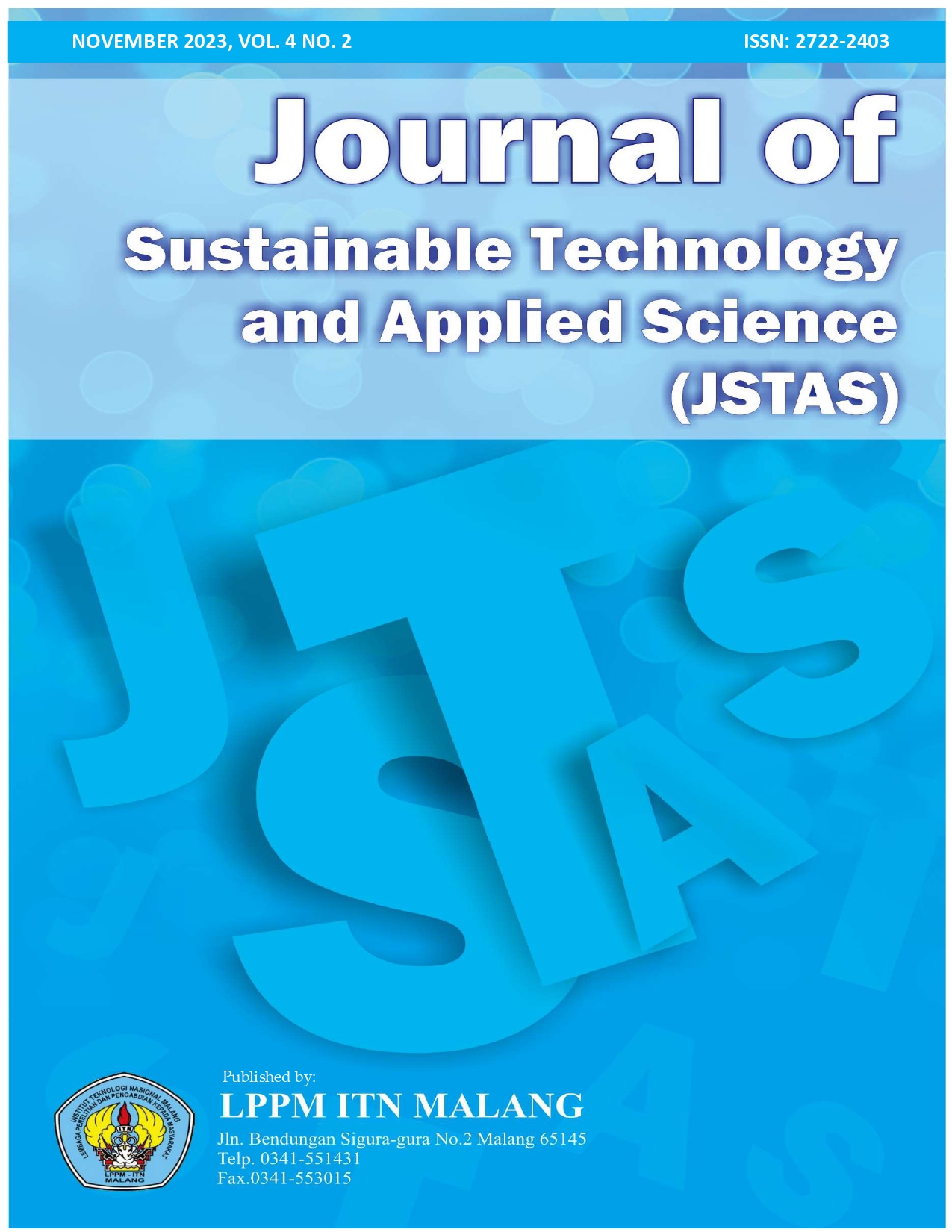PHYSICAL, CHEMICAL AND ORGANOLEPTIC CHARACTERISTICS OF CELERY LEAF (APIUM GRAVEOLENS) HERBAL TEA
Abstract
Celery (Apium Graveolens L.) is one type of herbal plant that is known to have many properties for human health. Despite its abundant availability, it has a relatively short shelf life, which is around 2-3 at room temperature. Celery can be used for the treatment of hypertension, rheumatism, gout, inflammation, appendicitis, typhoid, poisoning, insect bite wounds, cough, prostate, hair fertilizer, oily face, asthma and xerophthalmia. Given the many uses of celery leaves and the relatively short shelf life, this celery will be processed into a form of herbal drink that is ready for consumption. Therefore, this herbal tea will be a solution to extend the shelf life of celery leaves.
In this study, celery will be dried using three different techniques: the sunlight method, an oven, and a dehydrator, which also serves as the study's variable. Sunlight drying takes 12 hours, 24 hours, and 48 hours, while oven drying takes 5 hours at 50oC and dehydrator drying takes 1 hour at 50oC. The 14 hours celery withering process is applied for all drying methods. The results of the study will be tested for water content, ash content, antioxidant activity test, flavanoid test and hedonic test. Only 2 methods were found to be in accordance with the INS, namely sun drying for 12 hours and using a dehydrator for 1 hour.












